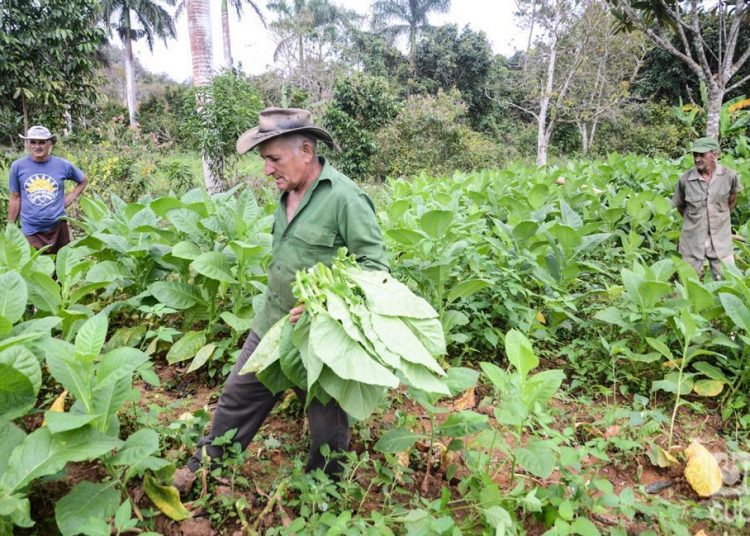Cuba began the preparations for the next tobacco harvest in the western province of Pinar del Río, the largest producer and supplier of the aromatic leaf for making the island’s most famous cigar brands.
For the 2019-2020 season, a plan has been envisaged to plant 20,050 hectares in the tobacco plantations of Vueltabajo, considered the most important region for the cultivation of tobacco in Pinar del Río, with around 65% of the country’s production.
The new harvest is underway with the preparation of the land, soil improvement, the location of the seedbed areas, while the beginning of seedbed irrigation is scheduled for the end of next August, as reported this Wednesday by the Cuban News Agency (ACN).
Among the varieties to be planted are Habana 92, Corojo 2006 and 2012, Criollo 2010 and Virginia 22, 23 and 24, mainly for a cigarette factory in the Mariel Special Development Zone (ZEDM), Cuba’s star project to attract foreign investment.
Experienced tobacco farmers in Pinar del Río are building houses to cure tobacco leaves. So far they have already completed about 2,340, and others are in different building stages and also under repair.
Cuba harvested more than 30,000 tons of tobacco for the second consecutive year in 2018, when about 300 million hand-rolled cigars were produced on the island, almost 100 million of them for export; as well as more than 130 million machine rolled and 14,000 million cigarettes.
The tobacco industry represents the fourth sector that contributes the most income to Cuba’s gross domestic product (GDP), and export sales in 2018 reached almost 260 million dollars.
The sector employs about 200,000 workers on the island, with up to 250,000 at the peak of the harvest.
Specialists in this area of the Cuban economy highlight that factors determining its quality are combined on the island, such as climate, soil and the experience of its producers.










